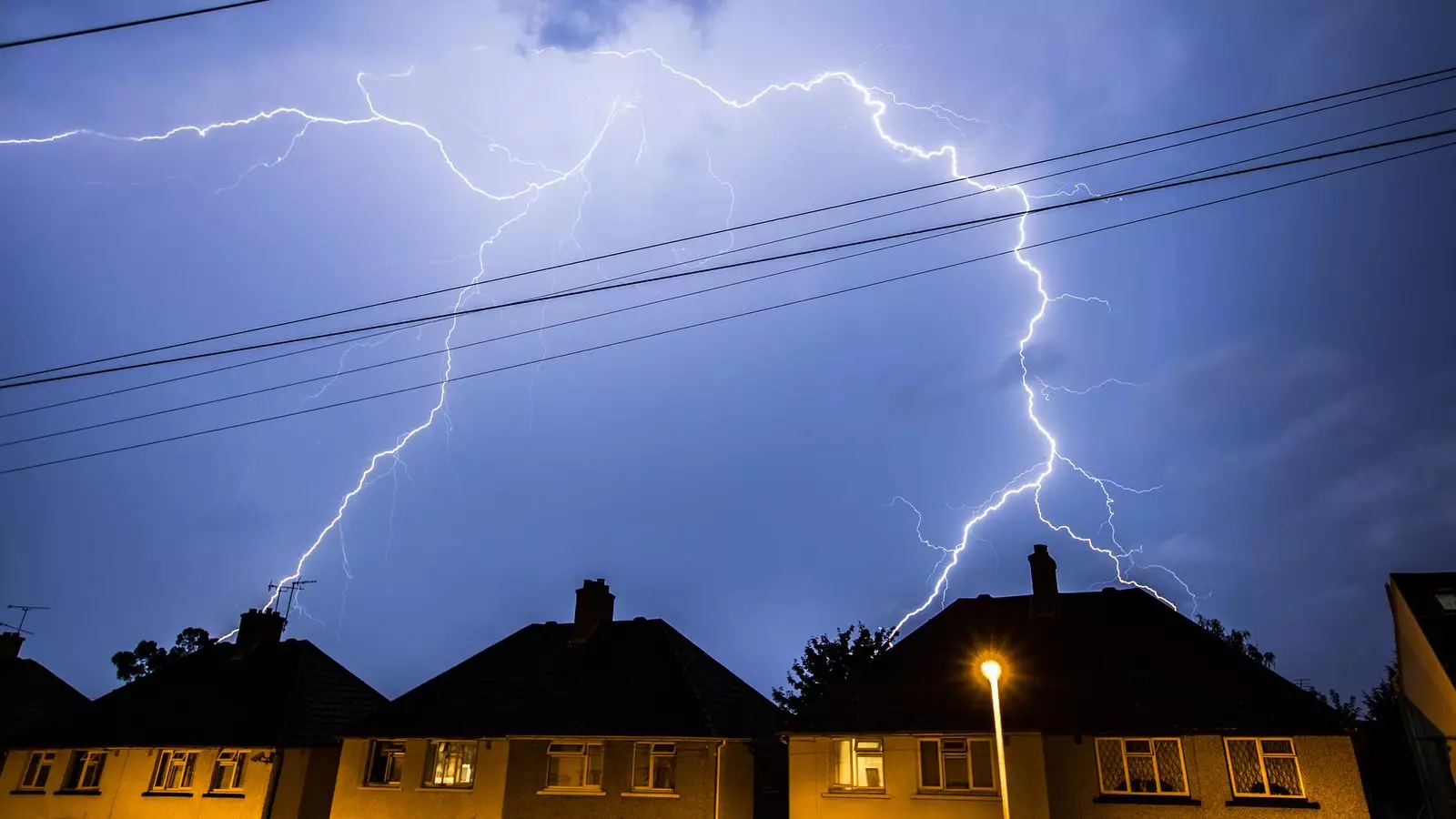In a world increasingly dominated by environmental inconsistency, the recent meteorological warnings exemplify the bizarre duality of climate change. While some regions grapple with historic drought conditions, others are suddenly bombarded with relentless, torrential rain. Such phenomena are not mere anomalies but symptomatic of a deeper, systemic upheaval in our weather systems. This paradox underscores a troubling truth: the climate crisis manifests unpredictably and unevenly, challenging our traditional understanding of environmental stability.
This stark juxtaposition—droughts alongside floods—reveals a failure in both policy and public perception. Policymakers often address these issues in isolation, treating droughts and storms as separate crises. Yet, they are interconnected facets of the same climate upheaval, driven by shifting jet streams, altered precipitation patterns, and deforestation. Ignoring this complexity hampers effective mitigation, leaving communities unprepared for the chaos that climate change accelerates.
The Failures of Preparedness and Response
Current warnings of flooding in southern England are a stark reminder of the inadequacy of our infrastructure to handle such extremes. Despite advanced meteorological technology, communities remain vulnerable—roads flood, public transport grinds to a halt, and homes face the threat of destruction. The government’s response often appears reactive rather than proactive, prioritizing short-term measures over systemic resilience.
Moreover, these warnings highlight a dangerous complacency. Extensive preparation for one type of disaster inadvertently leaves us susceptible to another. For instance, water shortages due to drought are compounded by flash floods, revealing a systemic flaw in water management. Our infrastructure, designed based on historical climate data, is now ill-suited for the erratic patterns emerging. High reservoir levels are dropping as drought persists, while unexpected storms threaten to undo efforts at flood management.
This dissonance between scientific predictions and practical responses reflects a broader political malaise—it’s easier to address visible, immediate crises than to invest in long-term, adaptive infrastructure. Our often superficial approach avoids confronting the hard questions about sustainability and resilience, making us vulnerable to an unpredictable climate future.
The Political and Social Implications
The spectacle of severe weather warnings juxtaposed with ongoing water restrictions raises critical questions about policy priorities. Is our approach to climate adaptation fundamentally flawed? It seems so. Governments are quick to declare droughts in response to falling reservoir levels but slow to implement holistic climate strategies that mitigate both droughts and floods simultaneously.
Social inequality exacerbates these issues—those in vulnerable, lower-income areas often bear the brunt of these environmental upheavals. Flooding can devastate poorer neighborhoods, leaving residents displaced and their livelihoods shattered. Meanwhile, wealthier communities can sometimes fortify their properties or relocate temporarily, underscoring the unequal burden of climate change.
Politically, this disparity demands a shift toward a more integrated, center-left approach—one that recognizes the importance of resilient infrastructure, equitable resource distribution, and proactive climate policies. Addressing the climate crisis requires leadership that acknowledges complexity, accepts the necessity for bold transformative actions, and resists superficial fixes that only offer temporary relief.
A Call for Genuine Climate Action
The recent weather chaos should serve as a wake-up call, pressing us to rethink our relationship with the environment. Climate change is no longer a distant threat; it is a present reality demanding urgent and sustained action. Our failure lies in response strategies that are insufficiently forward-looking and overly dependent on reactive measures.
We must prioritize investments in resilient infrastructure—flood defenses, drought-resistant water management, and sustainable urban planning. It also necessitates a cultural shift—by cultivating climate literacy, promoting community-level resilience, and holding policymakers accountable for integrating sustainable practices into all facets of governance.
Furthermore, climate justice must be at the core of our response, ensuring that those most affected by these environmental swings are not left behind. This means addressing social inequalities and fostering inclusive strategies that build resilient communities capable of withstanding the unpredictable nature of our shifting climate.
The unsettling truth is that, despite mounting evidence and increasingly extreme weather, our collective response remains fragmented. To navigate this complex crisis, we need not just immediate fixes but a fundamental transformation of our societal values and policies—embracing resilience, equity, and accountability as guiding principles.


Leave a Reply